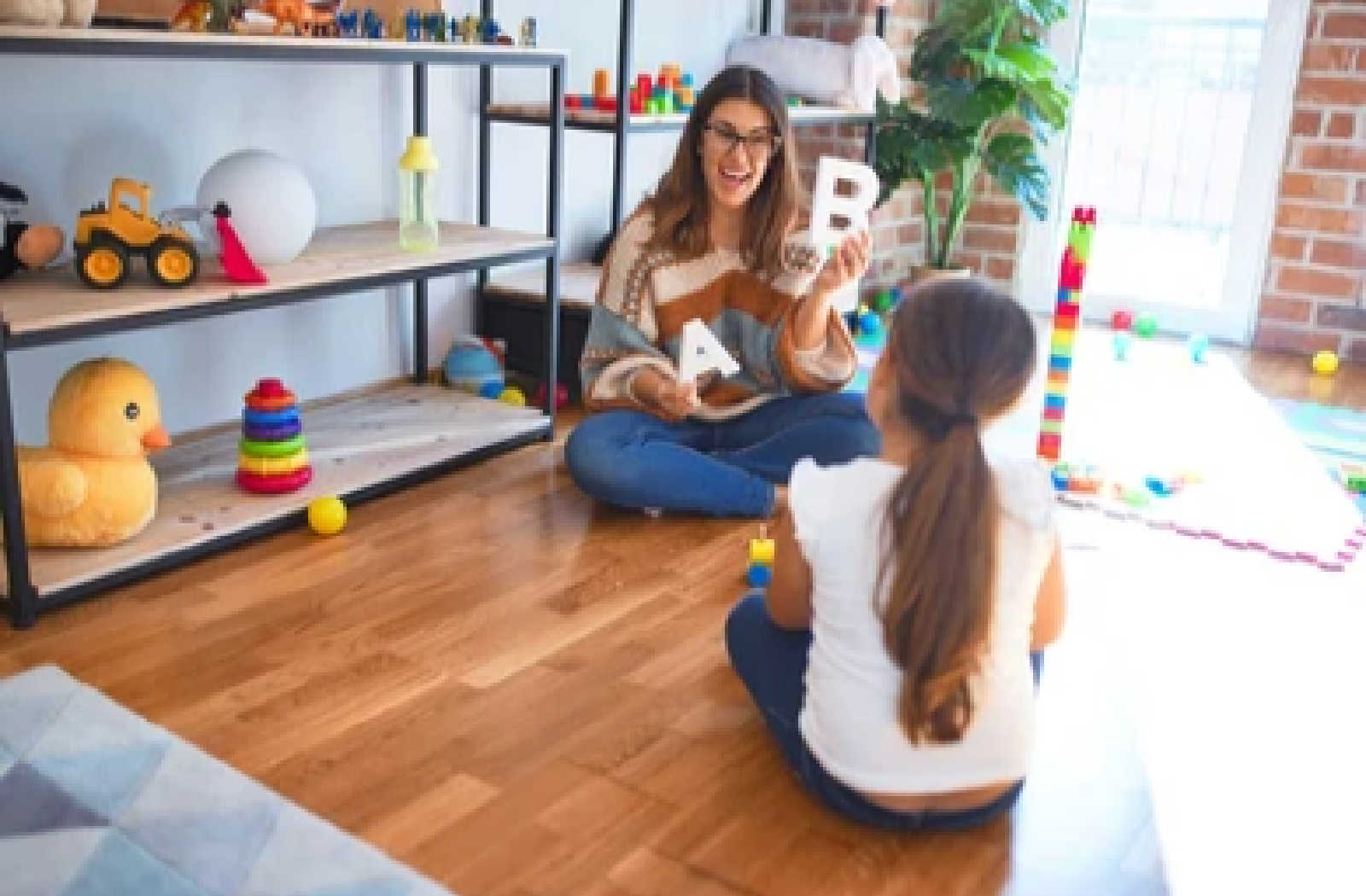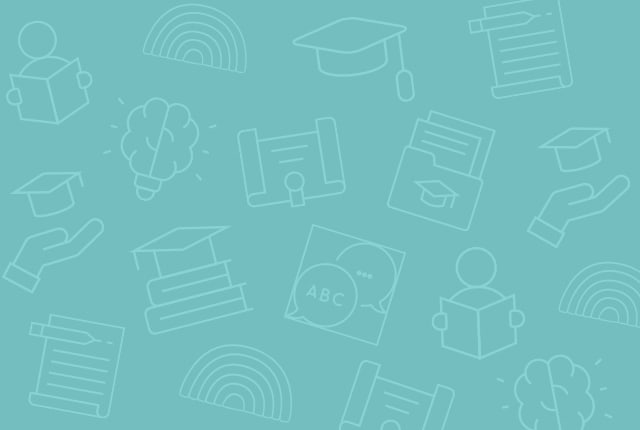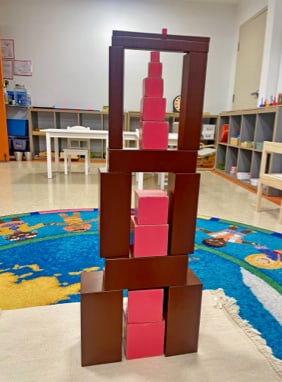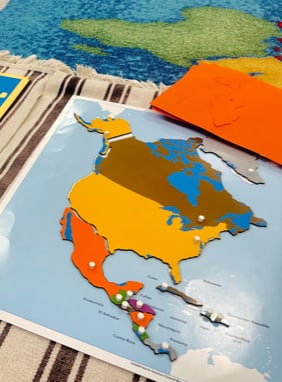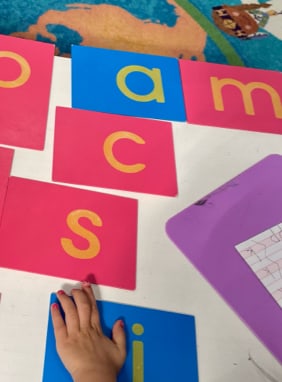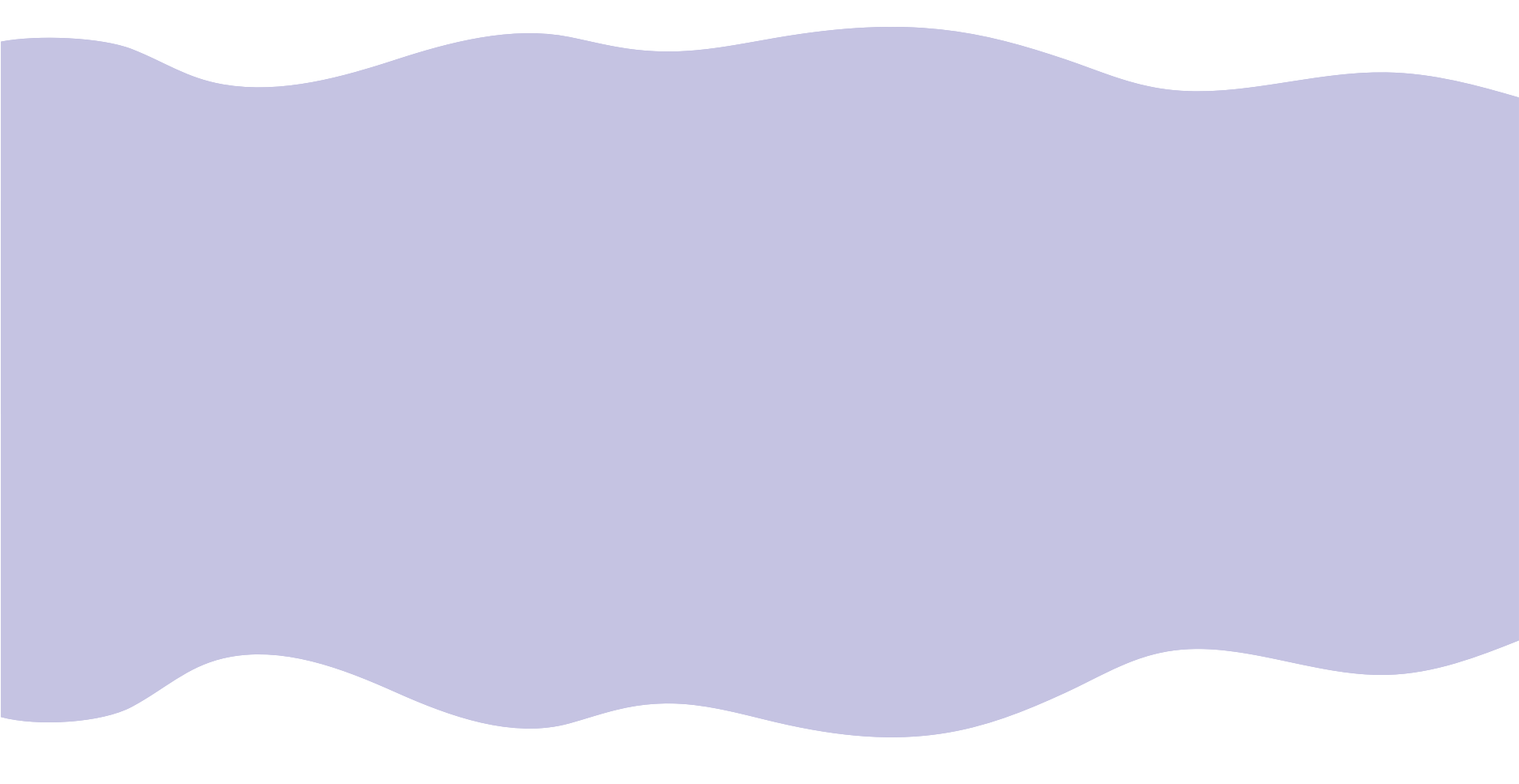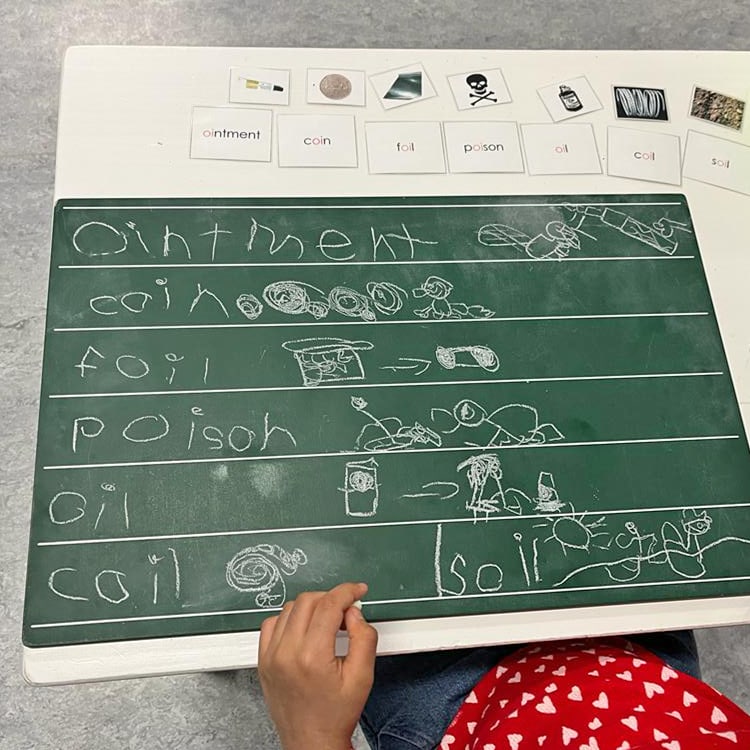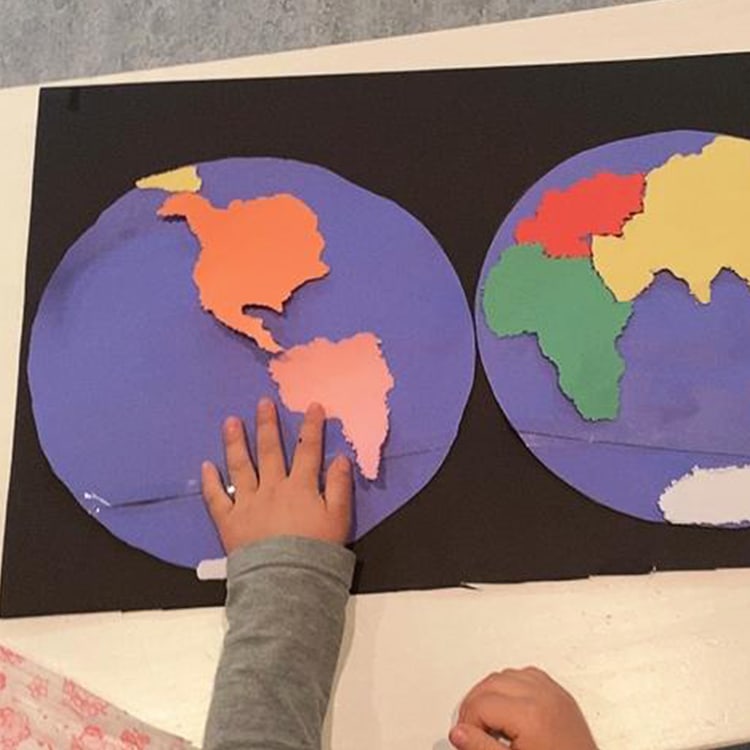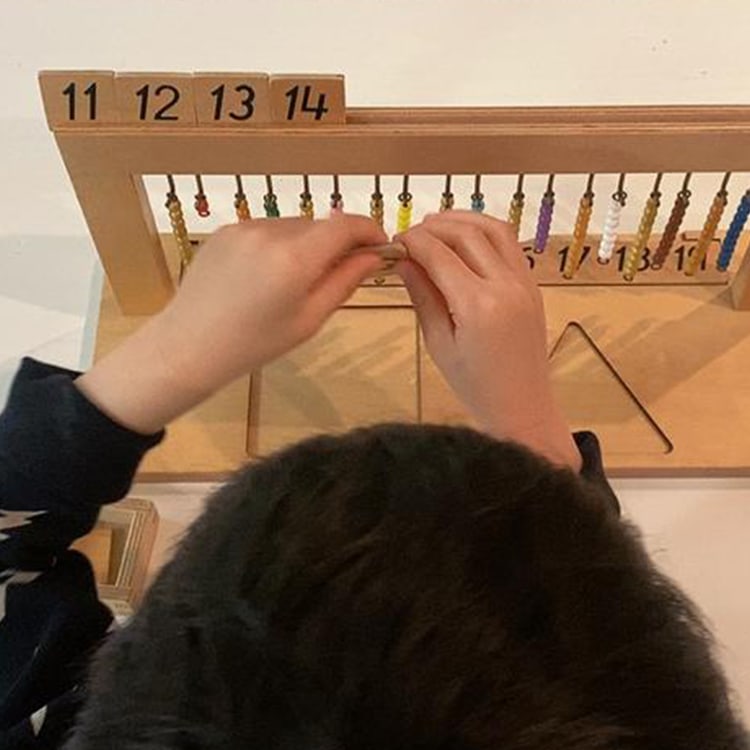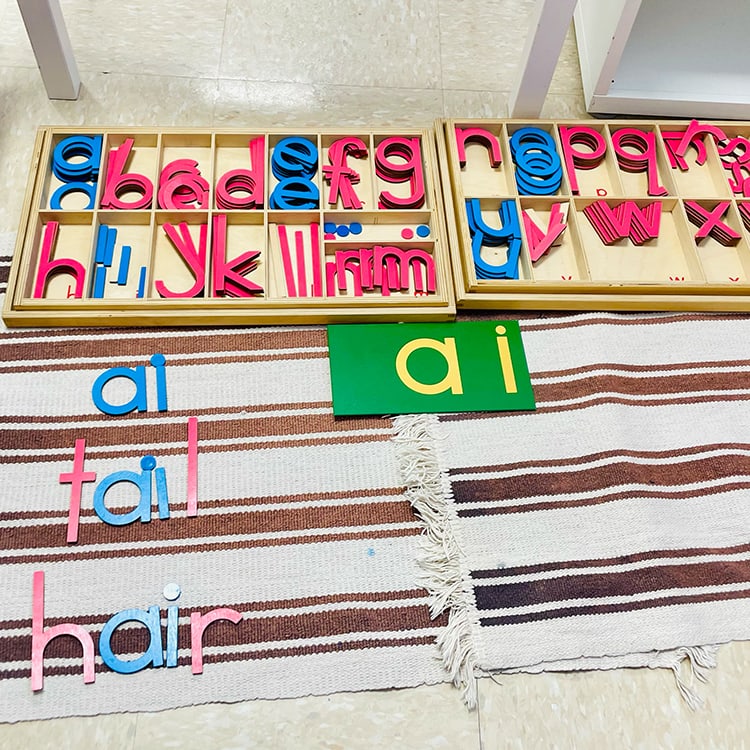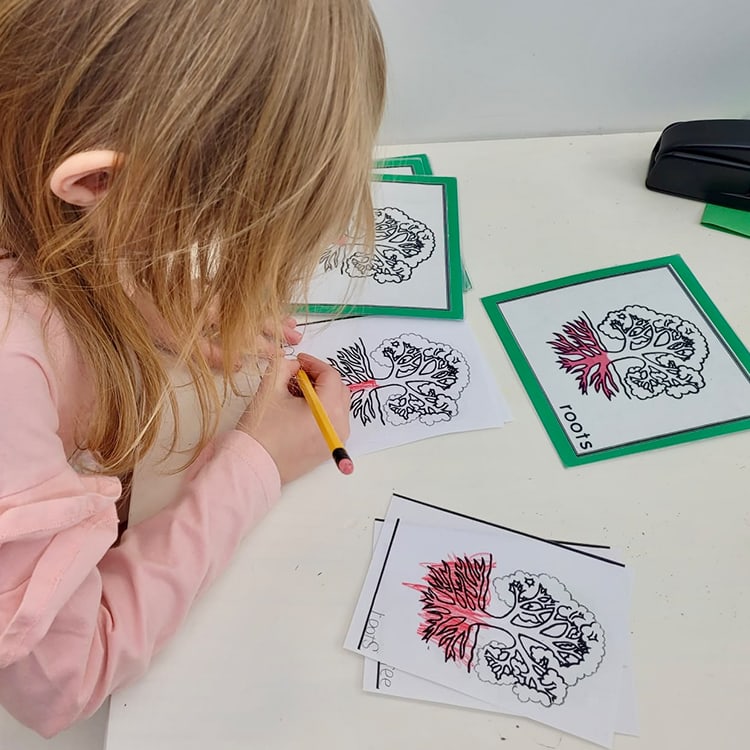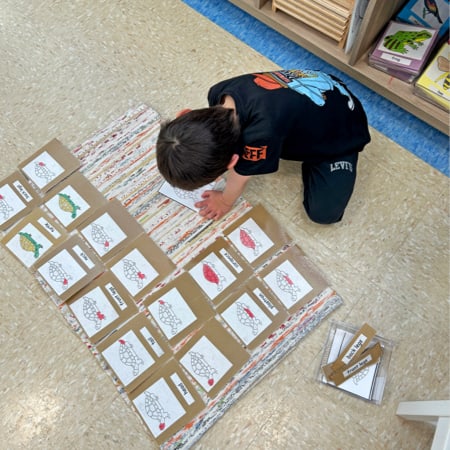For parents, especially those who choose to homeschool their children, teaching them to read might seem like an overwhelming chore. How is anyone supposed to determine which approach is the most effective when there are so many options?
Adults who have mastered reading and writing can sometimes take the skills for granted, yet from a child’s point of view, they are abilities of enormous difficulty.
To teach reading and writing, the Montessori method employs a unique set of approaches that foster a positive, organic learning experience. The Montessori curriculum is purposefully designed to teach children the numerous components of reading and writing one at a time in a way that is both understandable and fun to them.
Identify Sounds First
Students begin their language learning journey by learning phonics. Understanding phonics is the ability to recognize individual sounds in a language and how they combine to form a word.
Identifying sounds and patterns, counting syllables, and noticing rhyme and alliteration are all part of learning phonics.
Sound identification can begin as early as in the womb! In the womb, a baby can hear spoken language and music. Babies are then exposed to language, reading, music, and conversation in their daily lives after birth.
Reading to your child is one of the most effective things you can do to help them become strong readers. Simple ways to make language fun include:
- Making silly rhymes or songs
- Pointing out words in your daily environment
- Playing games like “I-spy”
Montessori students learn the sounds of each letter first, rather than the names. There is little focus on letter names until much later, so students can concentrate entirely on how they hear and say each word.
Phonemic awareness is also taught in the Montessori classroom through sound games. These games are designed to separate the individual sounds that make up a word.
Sound Games can begin around the age of 2 or when a small child begins to speak fluently, and they can be continued with older children.
Next Comes Phonics
Montessori reading is built on a solid phonics foundation. This multi-sensory approach is unique in that children construct words before reading them. Developmentally appropriate activities enable children to develop their understanding of how sounds are represented by symbols and how these symbols are combined to form words.
Montessori teachers are trained to use interactive and engaging methods to teach students the different parts of speech. They are all given specialized teaching materials for learning phonics. To support each stage of learning, the materials are used in a variety of ways.
Sandpaper Letters
The first stage of learning involves using phonics cards. Each letter on the Montessori phonics cards is formed on sandpaper, which encourages students to trace each letter with their finger while reading the sound out loud to the teacher.
Object Cards
Montessori object cards are essentially vocabulary cards with photos of objects or items instead of words. They are also known as 3 part matching cards. You can use them to teach your children the names of objects as well as another language.
Forming Words
The next stage of learning expands on the pairing of the object and letter cards, as students progress from identifying individual letters to forming full words.
The letters for a word are laid out by the teacher, and the student says the word by saying each sound first, then matching it to the correct object card. Students can now read full words and match their meanings to them.
Movable Alphabetten
Once a child has mastered the sounds associated with each letter, they will be shown the moveable alphabet, which will allow them to easily combine letters, sounding them out to spell simple, then progressively more complex, words.
Children enjoy movement and learn by doing. They learn best by physically interacting with the world, so why not highlight this natural tendency? The moveable alphabet allows children to start “writing” before they develop the fine motor skills required to control a pencil.
Now Start Reading
Reading naturally follows after mastering the skills associated with producing written letters and words. You might even notice your child becoming more aware of printed words on paper and working on understanding their meanings on their own.
Children will suddenly develop a whole new interest in the written word. In the Montessori classroom, there are numerous opportunities for a child to practice reading.
Continue Learning At Home
By reading to your child before bed, you can support and enhance their reading abilities. When they can read individual words, you can encourage them to participate in the reading by having them sound out each word individually.
When they feel comfortable reading this method, they can try reading complete phrases and finally an entire book on their own.Don’t forget to have fun when reading with your child; keep it lighthearted and interesting for them. If you are interested in learning more about the Montessori method, schedule a visit with us and see our unique classrooms.


